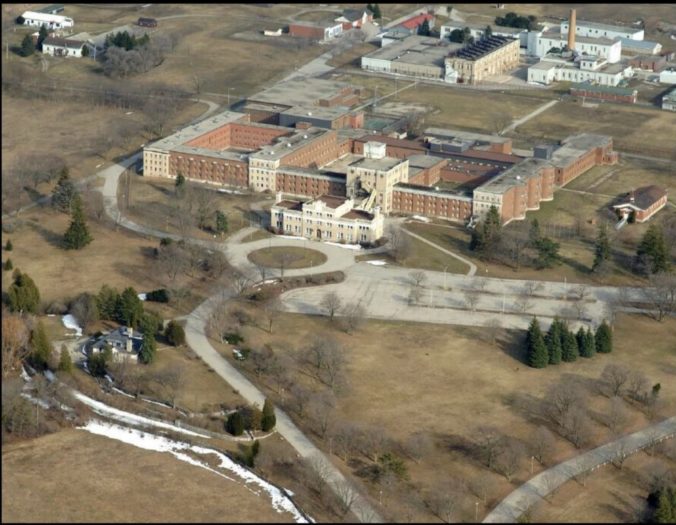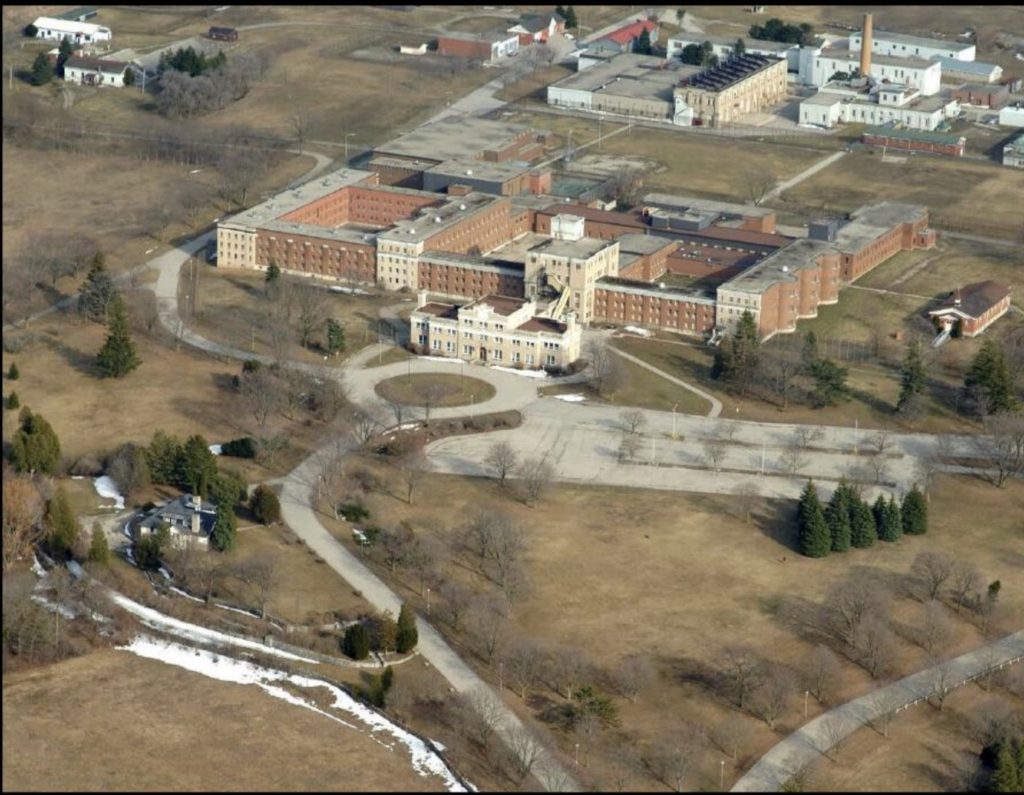How it got started……..
As many will remember, in 2017 Council introduced a new 10 year, 1% compounding infrastructure tax to help pay for ageing infrastructure replacement in the City. This tax will equate to close to $30M in additional taxation collected annually (on top of property tax increases) by 2027.
At the time council committed that “this levy ensures funds are allocated to the City’s infrastructure replacement needs, and are not used to fund operating costs; and that council will have the opportunity to deliberate and approve this increase on an annual basis.”
Four short years later…………
How it’s going………
1) In 2017/18 Council voted to divide up the new 1% tax revenue (intended for replacing infrastructure), to also pay for NEW projects associated with City growth.
2) In 2018/2019 Council voted to stop deliberating and approving the infrastructure tax increase each year, opting to simply embed the increase into the base budget.
3) In 2021, council has now voted to use more of the 1% infrastructure tax to convert up to 50 contract positions into new full time salaried positions at City Hall.
My comments last night on how this file has been handled to date (excuse the audio).


